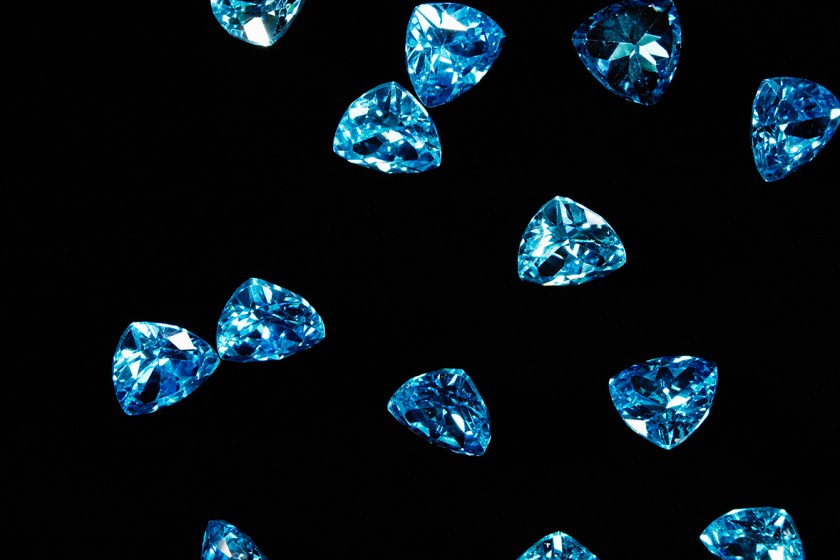
This may sound science fiction, but there’s actually a planet that rains gemstones. Unfortunately for us humans, it’s 1,000 light-years away.
Warwick University astronomers were observing the weather patterns of HAT-P-7b, a Jupiter-like exoplanet (or one that orbits a star outside of the solar system), when they made the shocking discovery.
The team, led by Dr. David Armstrong, believes the clouds on HAT-P-7b contain corundum, the mineral that forms rubies and sapphires. Using the Kepler space telescope, the team noticed that the planet, which is twice the size of our Sun, shimmered like a gemstone. This phenomenon is caused by dramatic windstorms pushing the clouds around the planet at various speeds. It’s the first documented evidence of a weather system on a “gas giant,” a term used to describe planets—like Jupiter and Saturn—that are mostly made of hydrogen and helium.

Said Dr. Armstrong in a press release:
“HAT-P-7b is a tidally locked planet, with the same side always facing its star. We expect clouds to form on the cold night side of the planet, but they would evaporate quickly on the hot day side….These results show that strong winds circle the planet, transporting clouds from the night side to the day side. The winds change speed dramatically, leading to huge cloud formations building up then dying away.”
However, observing HAT-P-7b through a telescope might be the closest we’ll ever get to it: The exoplanet’s surface temperatures reach 4,532 degrees Fahrenheit, and it’s wracked by violent windstorms. Not to mention the fact that it’s 1,000 light-years away.
Read the Warwick University team’s full study here.
This article was featured in the InsideHook newsletter. Sign up now.






















